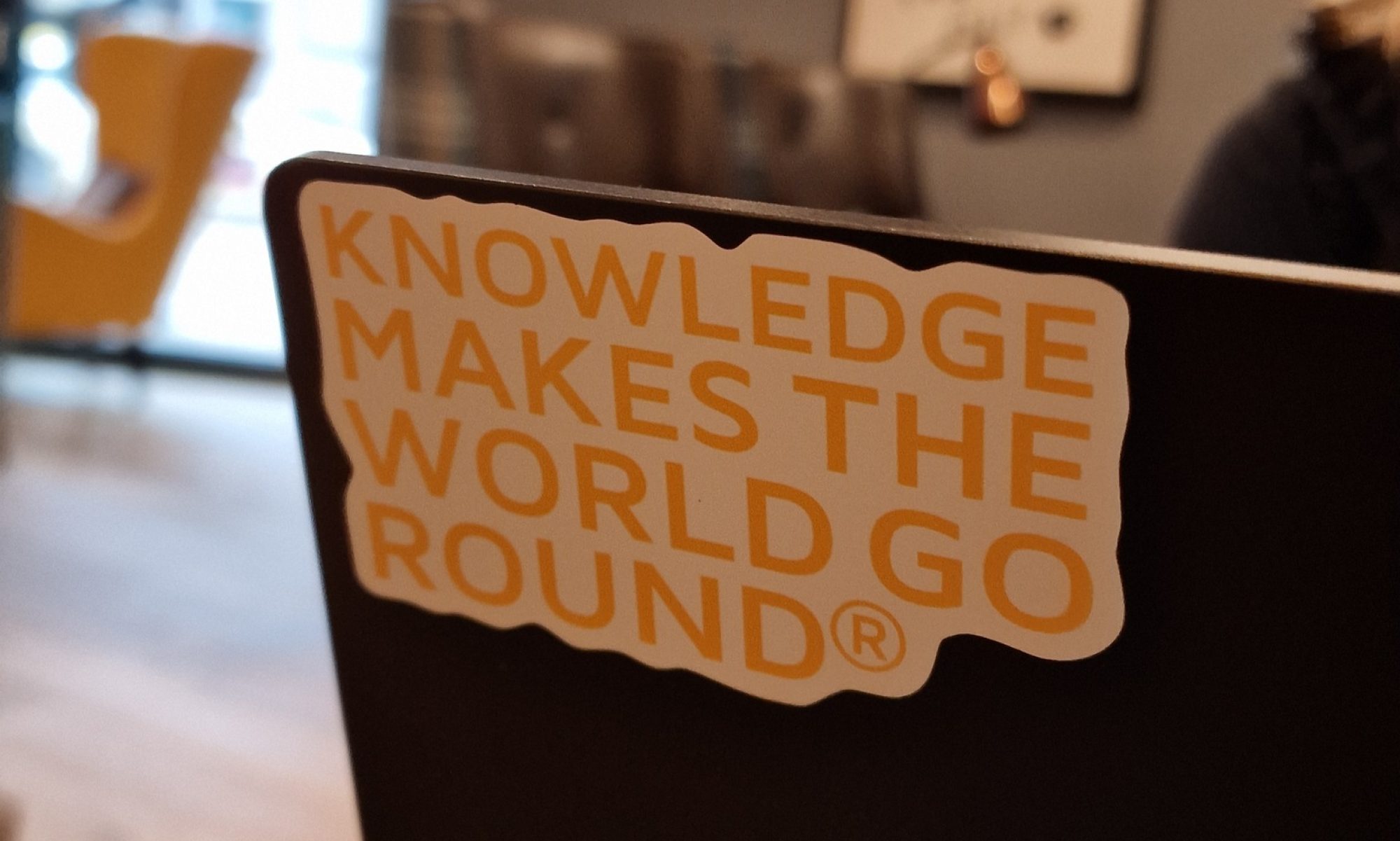Abstract: This paper outlines the theories of Robert Gagné, and Howard Gardner to demonstrate how good games, even purely commercial ones, already embody the fundamental elements of these learning and instructional theories. In this way, it can be shown that good games constitute sound educational pedagogy“.
Andriessen, D. (2005): On the metaphorical nature of intellectual capital: A textual analysis
In diesem Paper verbindet Andriessen Intellektuelles Kapital und Multiple Intelligenzen (Seite 13): „This latter view also seems to be more in line with the idea promoted by many authors (Roos, 1997; Edvinsson and Malone, 1997; Bontis, 2001) that intellectual capital is more than knowledge. Intellectual capital includes human capital, structural capital, and relational capital. We can say that each of these categories of capital result from the intellectual activities of human beings, providing that we do not limit the meaning of the term ‘intellectual’ to left-side-of-the-brain (logical-mathematical) capabilities but instead adopt a wider view and include linguistic, musical, spatial, bodily-kinesthetic, intra-personal and interpersonal intelligences (Gardner, 1993). This leads to the idea that the word ‘intellectual’ refers to the origins of the capital and is not a metaphor and to the, albeit tentative, conclusion that the concept of intellectual capital is based on two (and not three) metaphors: KNOWLEDGE AS A RESOURCE and KNOWLEDGE AS CAPITAL.
Hunter, J. (2006): Making the connection: Utilising Multiple Intelligences to measure teaching and learning success in mathematics
This paper analyses various strategies utilised in the teaching, assessment and examination of the Preparatory Mathematics Course at the University of Sydney, Australia, measured with reference to the multiple intelligences.
